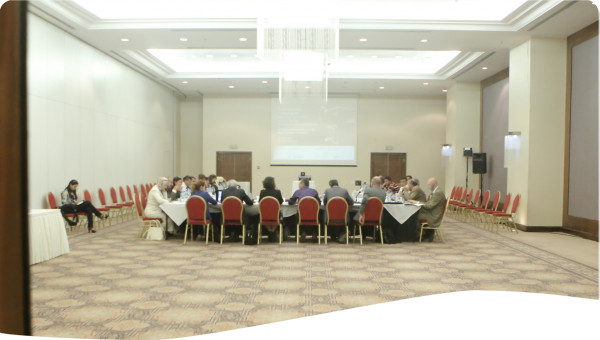Integrating the legal regimes that are related to water management is a foundational step towards implementing IWRM. The scope of the legal integration touches any legal, policy, and institutional framework that directly or indirectly affects water resources management (e.g., forestry, energy, industrial development, municipal water supply, agriculture, environment, etc.). This process of identifying potential conflicts and brining coherence to the wide array of water related legislative pieces minimises fragmentation and friction between sectors and administrative entities.
While the call for an integrative legal framework seems obvious, integration remains a considerable challenge. Water management decisions are often divided between multiple ministerial portfolios (e.g., between the ministries of forestry, power, industry, agriculture, and environment), especially in countries that do not have national apex bodies (Tool B3.02). Additionally, the legislative regime to manage water resources and natural resources more generally fragmented across administrative scales (e.g., between national, provincial/state, river basin and municipal authorities). Taking into account customary practices and rules used by indigenous populations is one additional challenge in the process of integrating legal framework for water (see section below: “Integrating Customary Water Law into Statutory Legal Frameworks”).
Indeed, integrating legal frameworks for water resource management is a balancing act between harmonisation, centralisation, and subsidiarity. Harmonisation could be understood as the process of reaching regulatory efficiency, effectiveness, and clarity which is often accomplished through centralisation (Bakker et al, 2008). In the context of water management, water ministries or national apex bodies for water typically act as this centralising force towards harmonisation (Tool B3.02). The subsidiarity principle, on the other hand, holds that a central authority should only take on tasks that would not be possible to undertake at lower levels (Stoa, 2014). In the process of integrating legal frameworks, a careful attention should thus be given to making sure that the subsidiarity principle will be upheld.
As such, in order to be successful, the legal integration process has to be driven by strong policy and legislation at a national level that clearly outlines the roles and responsibilities of each tier of decision-making. The legal framework also must determine procedures for working with other sectors outside the “water box” (UNESCO, 2009). Furthermore, mechanisms for conflict resolution and stakeholder participation at all levels of decision-making can aid this integration process. While developing an integrated legal framework for the sustainable management of water resources is a highly complex and often costly process, yet it is an important steppingstone towards water security.
 Tool -
Tool -

